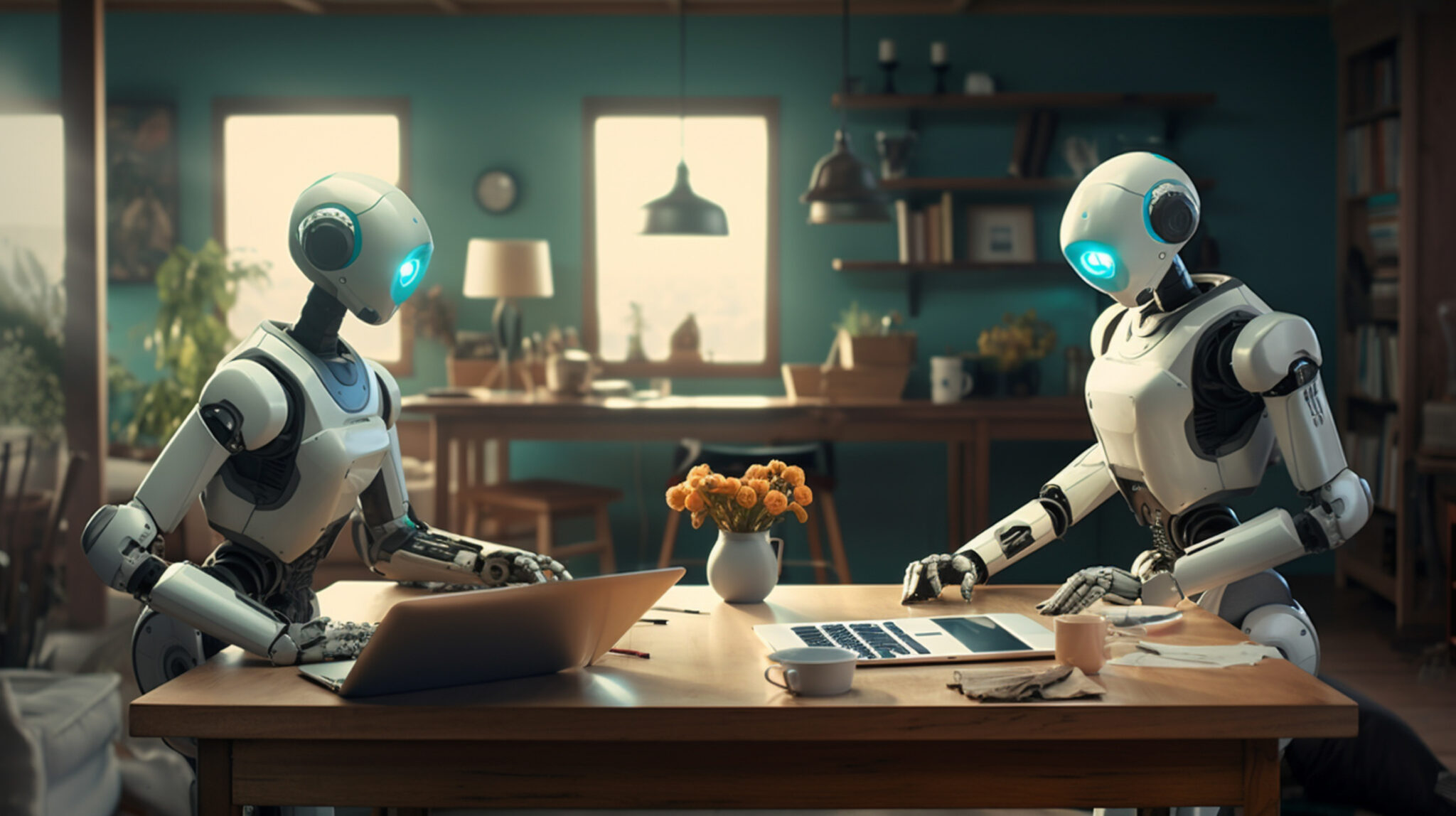OpenAI, the team behind the popular ChatGPT, is now building a strong group of experts. They focus on making smart programs to guide robots. The company seems to hire people who know a lot about human-like robots. This move helps them find new paths to create artificial general intelligence, or AGI. AGI means AI that is smarter than people in every way. Let’s look at this exciting step in simple terms.
Why Robots Matter for OpenAI’s Big Goal
- OpenAI wants to reach AGI. This super AI can handle any task like a human or better. But to get there, they think AI must learn from the real world. Robots help AI touch, move, and see things around.
- The company stopped robot work in 2021. They switched to chat and image AI like ChatGPT. But last year, they started again. Now, in 2025, things speed up with new hires.
- Experts say robots need AI that handles fast sights and moves. This means seeing quick videos and acting right away. OpenAI’s plan fits this need.
This push shows OpenAI sees robots as key to break through in AI. Their chat models are top, but for full smarts, physical tests are next.
New Hires Show Fast Growth in Robot Team
OpenAI has added smart people from top schools. These folks know how to make AI run robots.
- Chengshu Li joined in June 2025 from Stanford. He built tests for human-like robots that do home jobs like cleaning or cooking. His work looks at bots with arms but wheels, not legs.
- Two researchers from one robot lab switched to OpenAI. Their LinkedIn pages show this change.
- A teacher from another lab says OpenAI took one of their students. This lab works on full human-shaped robots.
These adds make the robot team bigger and better. They bring ideas to train AI with real actions.
Job Posts Give Clues on What They Build
OpenAI shares job ads that tell more. These spots need skills in robot training and parts.
- One job wants experts in teleoperation. This is when a person guides a robot to do tasks. The AI watches and copies. It’s key for teaching human-like bots.
- They need know-how in simulation tools like Nvidia Isaac. This lets AI practice in a fake world before real tests.
- Another post seeks a mechanical engineer for building robot parts. This includes touch and move sensors. It hints at making their own bots or teaming up.
- The jobs talk about high-volume builds. This means making lots of robots, maybe over a million. Good for factories or homes.
All posts say the team aims for “general-purpose robots.” These bots work in real spots and push toward AGI smarts.
Past Work and Fresh Start in Robots
OpenAI did robot stuff early on. In 2019, they made AI solve a Rubik’s cube with a hand like ours. It was cool, but they paused in 2021 for chat AI.
Now, back in action, they eye their own human-like bots. A report from late 2024 said this. CEO Sam Altman sees robots joining jobs soon. He said 2025 brings AI helpers that do known tasks.
A roboticist from Brown University, Stefanie Tellex, explains the tough part. Robots need AI for quick, full views and acts. She says OpenAI’s GPT-5 hit a wall. So, robots offer a new way forward.
Tough Race with Other Big Players
OpenAI faces strong rivals in robot AI.
- Startups like Figure, Agility, and Apptronik build human-like bots. Some get cash from OpenAI.
- Big names like Tesla and Google test their own humanoids. Tesla’s Optimus is famous.
- Over $5 billion went to humanoid firms since 2024. Experts guess the market hits $5 trillion by 2050.
Hardware gets cheaper now. New motors and tools make bots easier to build. Software like Nvidia’s helps code them fast.
But humanoids still struggle in wild spots. They dance well but trip in mess. They need better AI for walks and grabs.
Tellex says no one has a magic edge yet. It’s a fair fight.
What This Means for AI and Jobs
OpenAI’s robot focus could change much. Bots might do home chores or factory work. Altman warns they could take jobs, but also speed science.
The company filed a trademark in early 2025 for “user-programmable humanoid robots.” This points to real plans.
Job spots need sensing pros too. They build custom parts for bots.
OpenAI stays quiet on details. But sources say they train AI to grasp the real world better. This helps bots move and do tasks safe.
Road Ahead for Smarter Machines
As OpenAI grows its robot team, eyes watch close. Will they make their own bots? Or link with others?
This fits their AGI chase. Physical smarts seem key after chat wins.
The field heats up. With billions in bets, humanoids near everyday use.
OpenAI leads in AI talk, but robots test if they reach full smarts.
Stay tuned. This could shape homes and work soon.






















